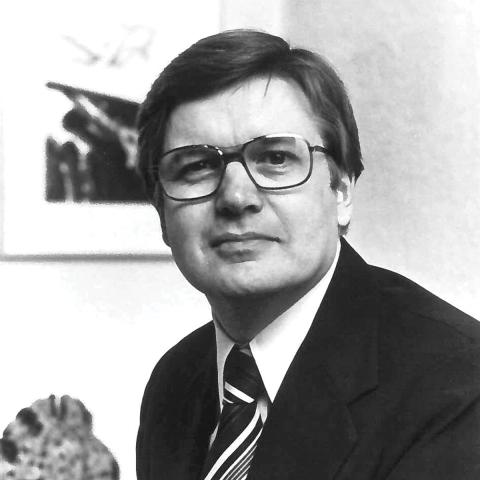
Miriam Clapp Duncan died on May 9 in St. Paul, Minnesota, at the age of 83. Former university organist and professor emerita at Lawrence University, Appleton, Wisconsin, where she taught for 36 years, she retired in 1985. She held various church positions including First Presbyterian Church, Neenah, and All Saints Episcopal Church, Appleton. Ms. Duncan received a bachelor of music degree from the American Conservatory of Music in Chicago in 1942 and a master's degree there in 1947, and pursued further study at the Vienna Academy, Cornell University, and the Organ Institute of Massachusetts. Prior to joining the Lawrence faculty in 1949, she taught at Wheaton College 1945-47. A founding member and later dean of the Northeastern Wisconsin AGO chapter, Duncan received the college's Excellence in Teaching Award in 1984. In 1967 she began a campaign for a new tracker organ for the college chapel, which was finally realized in 1995 with John Brombaugh's Opus 33 (see The Diapason, December 1995, p. 17). An organ recital celebrating her 80th birthday was held in the chapel on October 8, 1999. Also in honor of her 80th birthday, Ms. Duncan was the subject of an interview by Sarah Mahler Hughes in The Diapason (October 1999, pp. 14-15). A memorial Mass was celebrated at St. Mary Roman Catholic Church, Appleton, on May 14. She is survived by a daughter and a son, and was preceded in death by her husband Clyde.
Evelyn P. Miller of Benton, Arkansas, died on June 14, 2002, at the age of 88. Born on January 6, 1914, in Bronx, New York, to Victor and Mary Ellen Umberg, she was organist at Our Lady of Fatima Catholic Church in Benton for over 35 years, and was an active member of the Central Arkansas Chapter of the AGO. She is survived by two sons, two daughters, a stepdaughter, nine grandchildren, 17 great grandchildren, and one great-great grandchild.
(Submitted by Virginia Strohmeyer-Miles)



